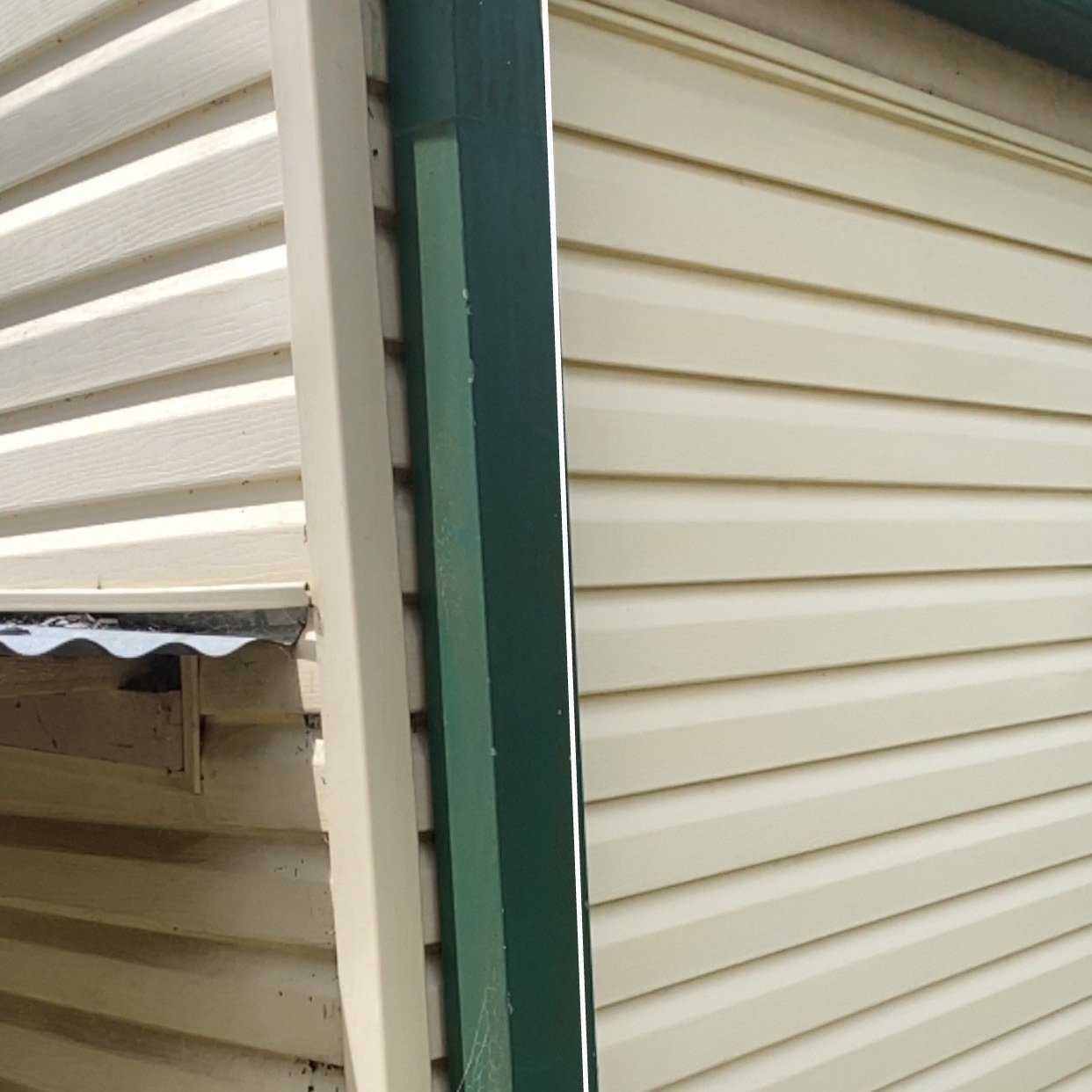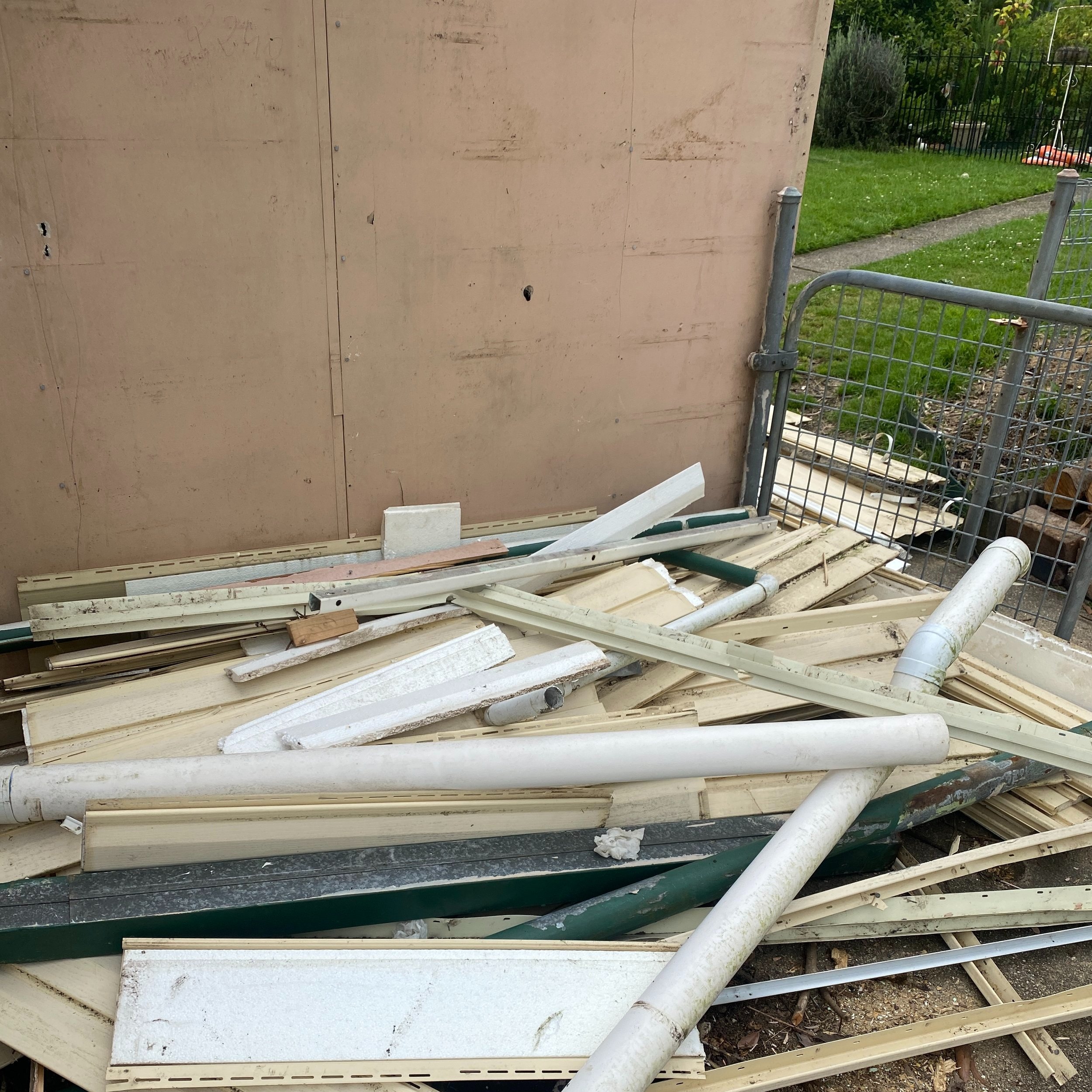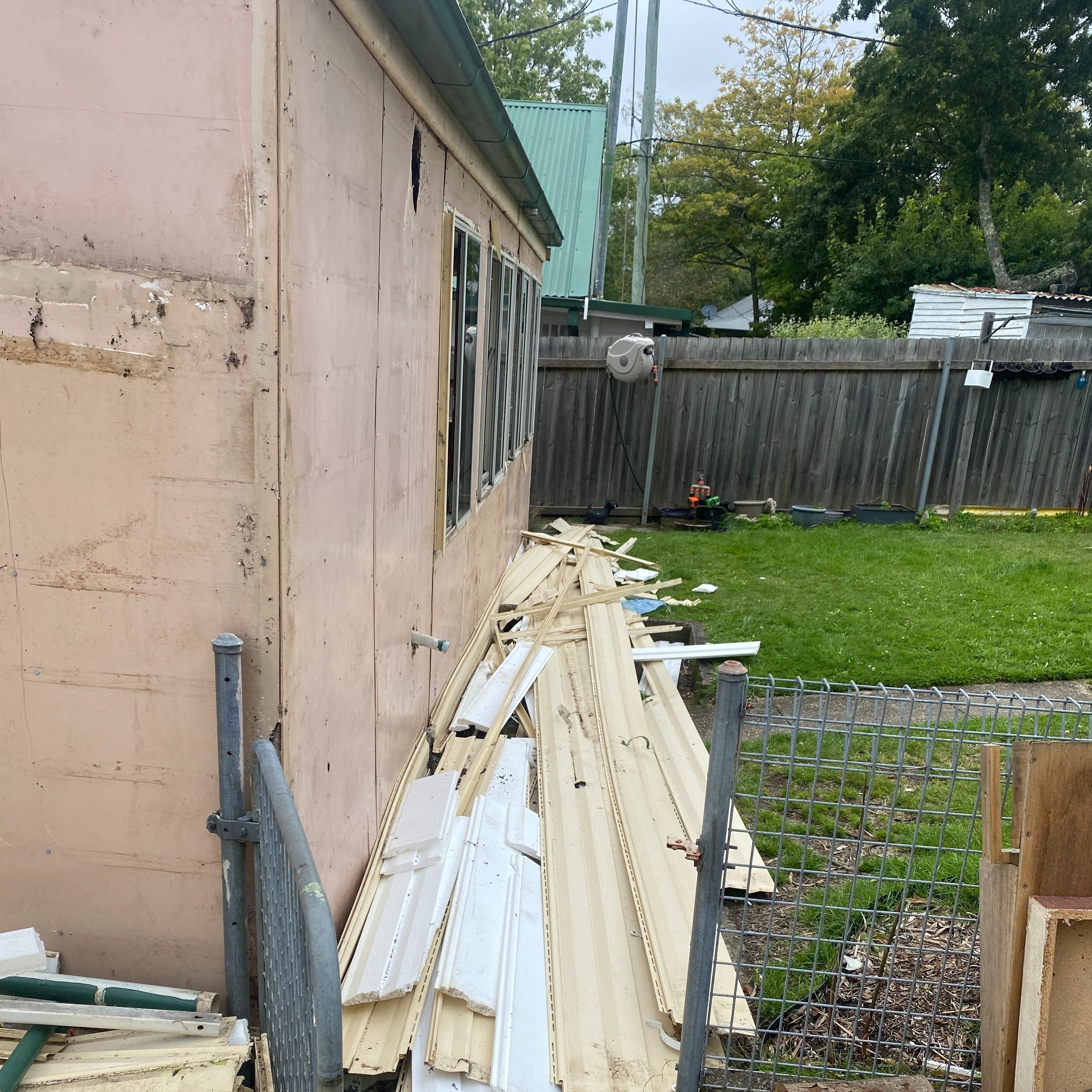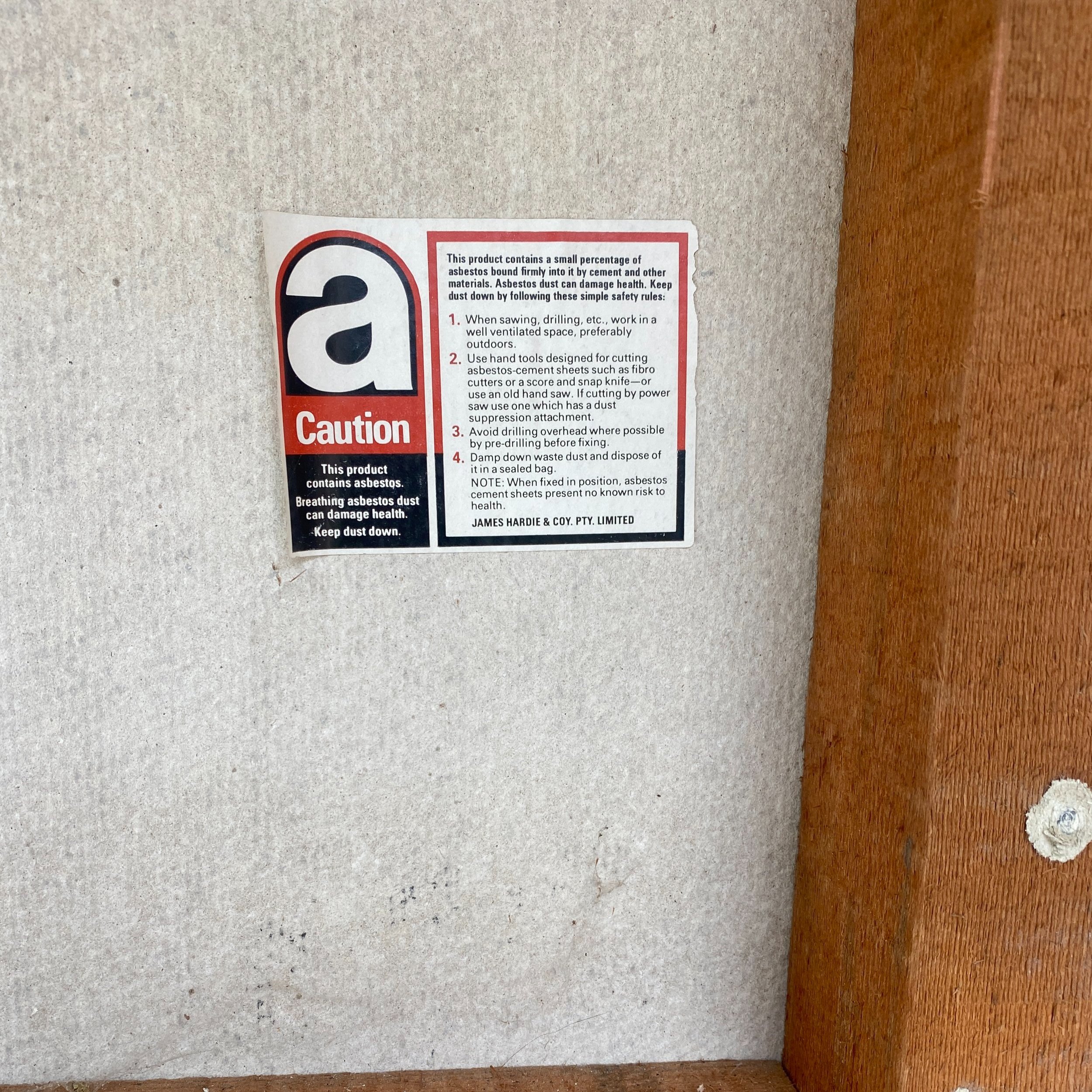Cheapest Asbestos Removal
How much does asbestos removal cost? Should I get multiple quotes? What if I do it myself? How can I save money?
How much does asbestos removal cost? What's the cheapest way to get rid of it? Many factors decide the total cost to have asbestos removed from your property. The amount of asbestos to be removed, the access to the work areas of the building, the need for specialised equipment, the number of workers required to complete the works and much more.
So, how can I save money, it’s only a small amount - what if I remove the asbestos myself?
The reality is that you will not only be endangering yourself and others but will likely end up spending much more money than simply having a professional take care of the removal, not to mention leaving yourself liable to fines and penalties.
Consider the cost of a meal at the pub, a $10 steak or schnitzel; If you were to purchase everything needed to create the same meal at home, you would certainly spend much more than $10. The pub in this case separates the cost of the more expensive components across many meals and also has bulk buying power for ingredients. Similarly any reputable asbestos removal company will have much cheaper supply rates for personal and respiratory protective equipment for its workers, have much cheaper disposal rates at tips thanks to ongoing accounts and already has the tools and equipment to perform asbestos removal works.
Maybe you have a small amount of asbestos to remove, 10 square meters or so, an approximate weight of 150kgs. You may spend in excess of $500 in consumables, protective equipment and tools. Spend an entire day trying to do the work, make a mess and at the end of the day realise the tip will charge you a 1 tonne minimum for asbestos (another $550, plus your time, the fuel and tolls to get to the tip) ~ Whereas a small job like this could be completed in a couple of hours by a professional and experienced company for less than $1000.
So, it simply doesn’t make sense to try and DIY high risk work when it will definitely end up costing more money in the long run.
Call Einzig Industrial for a free quote and on site consultation today.
Fibro House; Blue Mountains.
What is Fibro? Does it contain asbestos? Should you be concerned?
A Fibro House; Iconically Australian - country cottages, beach bungalows & . . . . .The Blue Mountains‽
Before taking the time to examine why ‘Fibro’ is so prevalent in The Blue Mountains, lets take a brief moment to gain an understanding of what ‘Fibro’ actually is.
The term Fibro is literally Australian slang, an abbreviation for fibre cement.; A product born of the industrial revolution and popularised by The First & Second World War. Fibro became a go-to building staple across Australia thanks to the attributes of asbestos like fire retardancy, strength and affordability.
Whilst not all Fibro or Fibre Cement contains asbestos, the vast majority of it does; In fact - if you’re looking at fibre reinforced cement sheeting that was installed before the 1990s, chances are very high that it contains an amount of asbestos. The fact that asbestos was not banned outright in Australia until 2003 also means that your relatively modern home could still contain some asbestos containing materials.
So, not all fibro is asbestos and not all asbestos is fibro (it can be found in many other applications, read more here) but how can you tell if your fibro contains asbestos?
Some later products produced by James Hardie came with labels advising of their asbestos content, though over the decades these stickers often degrade or simply fall off. Earlier materials often came with no serial or batch numbers, some asbestos sheeting from the 50s and 60s lacks even a manufacturers stamp, label or branding. Whilst an experienced professional may have a pretty good sense for identifying asbestos sheeting from more modern synthetic fibre reinforced cement sheeting, the only 100% way to know for certain if material contains asbestos is to have it tested in a NATA approved laboratory. The process of having samples sent for analysis is simple and in most cases results will be available in a matter of days.
Call Einzig Industrial to find out more.
But why are there so many fibro asbestos homes located in The Blue Mountains?
Whilst asbestos sheeting was incredibly popular throughout Australia and many other parts of the world, The Blue Mountains seems to have a disproportionate amount of partially or fully clad asbestos homes.
Two major factors are to be considered when understanding why so much asbestos was used in The Blue Mountains. First is the timing of the post gold rush expansion and urbanisation of the lower mountains including Blaxland, Springwood and Hazelbrook along with the electrification and upgrade of the train line. The second factor is a universal component to any decision, cost. The inherent geography of The Blue Mountains makes the transport and delivery of any goods more expensive than its surrounding areas. A standard 3 bedroom fibro home could have the majority of the construction materials delivered in one or two truck loads as opposed to the dozens of truck loads required to build the same sized house out of brick or timber. At its peak, asbestos sheeting was also the cheapest per square meter building material available.
So, not only was asbestos an incredibly popular building material during the largest period of development seen in The Blue Mountains, it was also the cheapest means of getting new properties built.
With the majority of these buildings and homes now exceeding 50 years old, many are in need of repairs, some may need to be renovated for modern conveniences and others being extended or altered to cater for the current usage. What ever the need, call Einzig Industrial for a free on site consultation and quote today.














